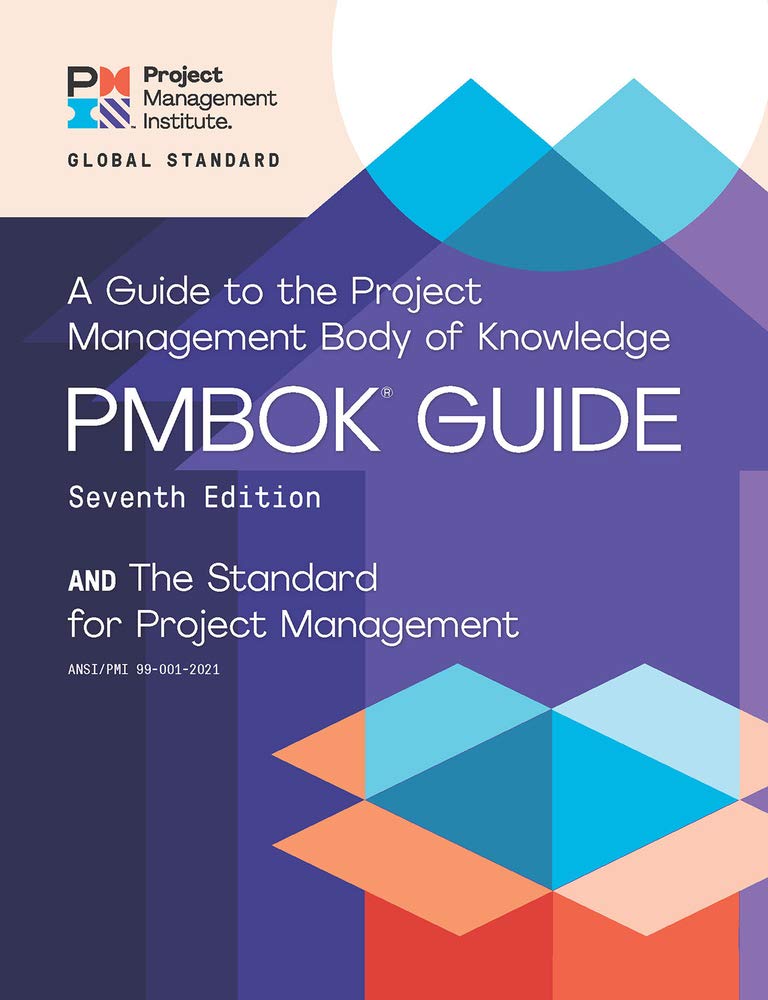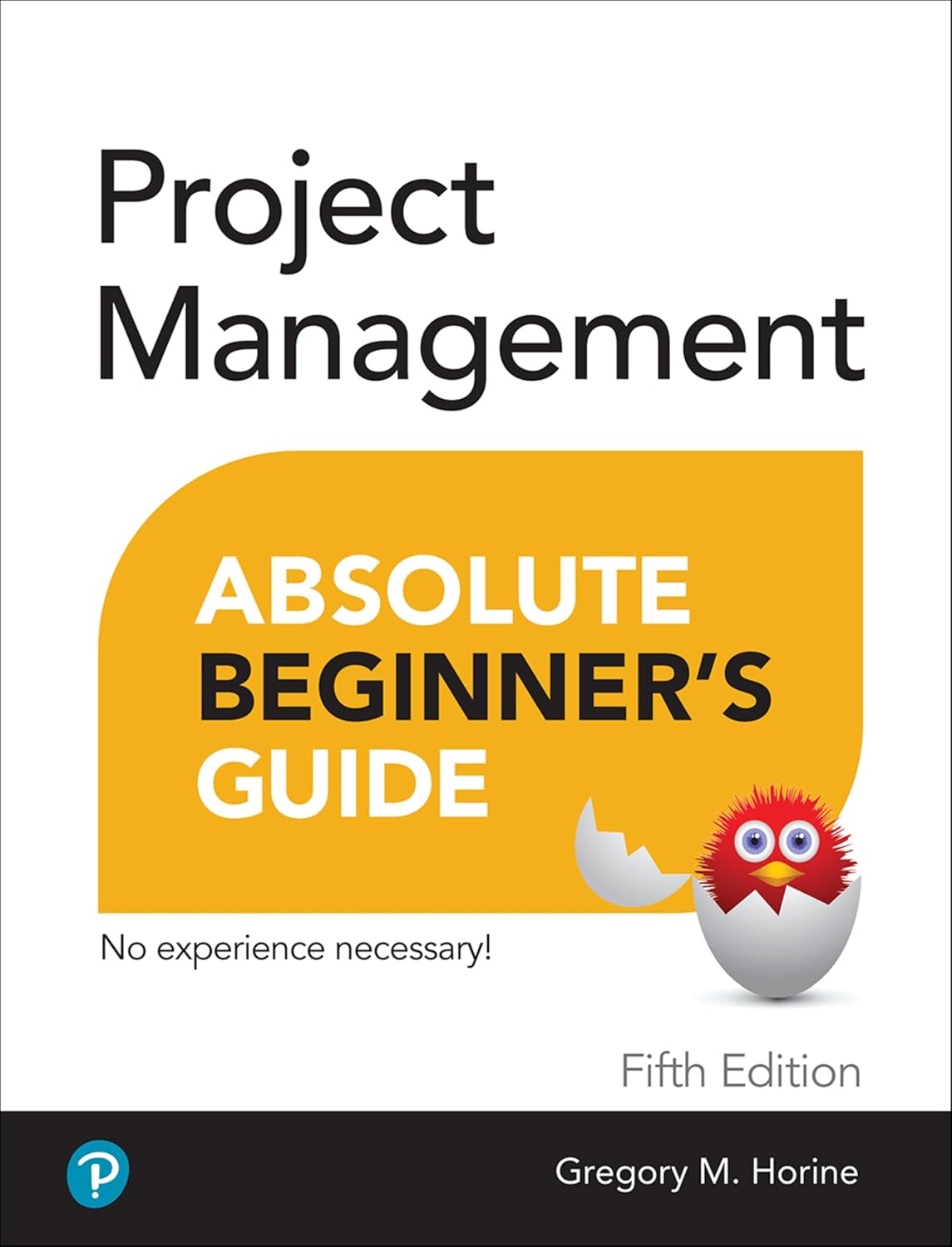
Scope
What is Scope?
Scope defines a project’s boundaries. It outlines what work the team includes and excludes, encompassing the project’s goals, deliverables, tasks, costs, and deadlines. A clear and well-documented project definition helps teams understand the direction, stay aligned with objectives, and avoid unnecessary work or cost overruns. In project management, teams typically establish and document this early in a project statement or plan.
Scope is divided into two categories: product and project. The former defines the features and functions of the final product, while the latter focuses on the work needed to deliver that product. Effectively managing these aspects is an ongoing process where teams monitor changes and ensure proper review and approval of any modifications.
Key Points
- It sets the limits for what the project will and will not include.
- Project teams usually define it in a scope statement or a plan for managing project boundaries
- A clear understanding of the project’s limits reduces the risk of delays and budget overruns.
- It can change during the project, which the project manager manages through a formal change control process.
- Effectively managing the project’s parameters ensures all team members work towards the same objectives.
Related Terms
- Project scope defines the work needed to complete the project and deliver the desired outcome.
- Product scope outlines the product or service’s characteristics and features.
- Scope creep refers to uncontrolled changes or continuous growth in a project’s scope without proper approval.
- Change control is the formal process used to manage changes and keep the project on track.
- Work breakdown structure (WBS) helps break the project scope into smaller, manageable components.
- Requirements management ensures that stakeholder needs align with the project’s scope.
Scope: Example
A city council launches a project to build a public library. The project encompasses designing the building, obtaining permits, constructing the facility, and furnishing it with books and technology. It excludes staffing or long-term maintenance, which they handle separately. If someone proposes a new requirement, like adding a coffee shop, the team must undergo a formal review to determine its impact.
Scope: Best Practices
- Clearly define the project’s boundaries and involve all stakeholders from the outset.
- Use a scope statement to guide the team throughout the project.
- Implement a change control process to manage adjustments to the project’s parameters.
- Regularly review the scope to ensure alignment with project goals.
- Avoid uncontrolled expansion of work by documenting all modifications and obtaining necessary approvals.
Additional Resources
Preparing for a PMI certification?
- Exam Prep Courses: PMP®, CAPM®, and PMI-ACP®
- Exam Simulators: PMP®, CAPM®, PMI-ACP®, PMI-PBA®, PMI-RMP®, PMI-SP®, PgMP®, and PfMP®
- Professional Development Units (PDUs): 15, 30, and 60 PDU Bundles




